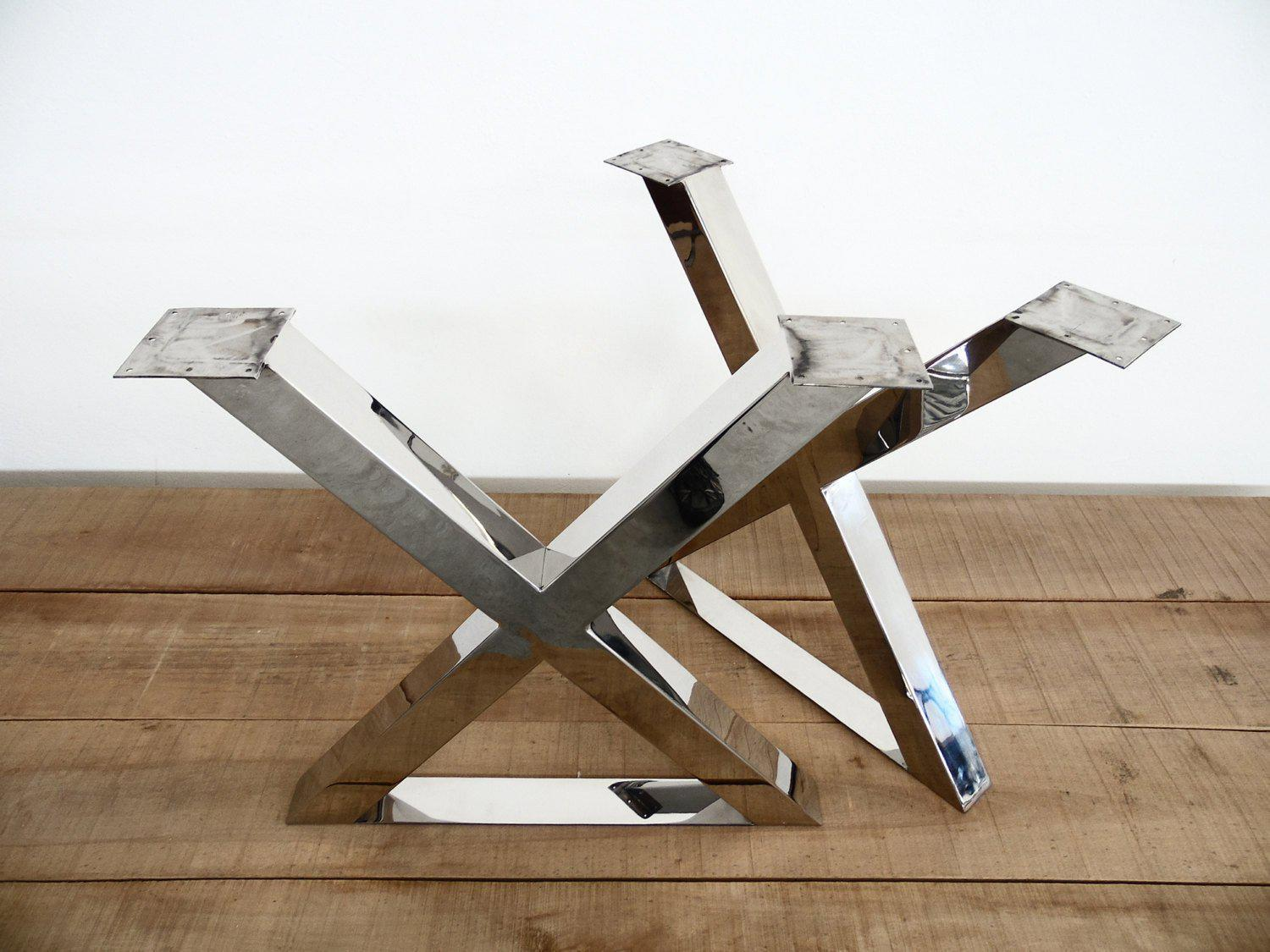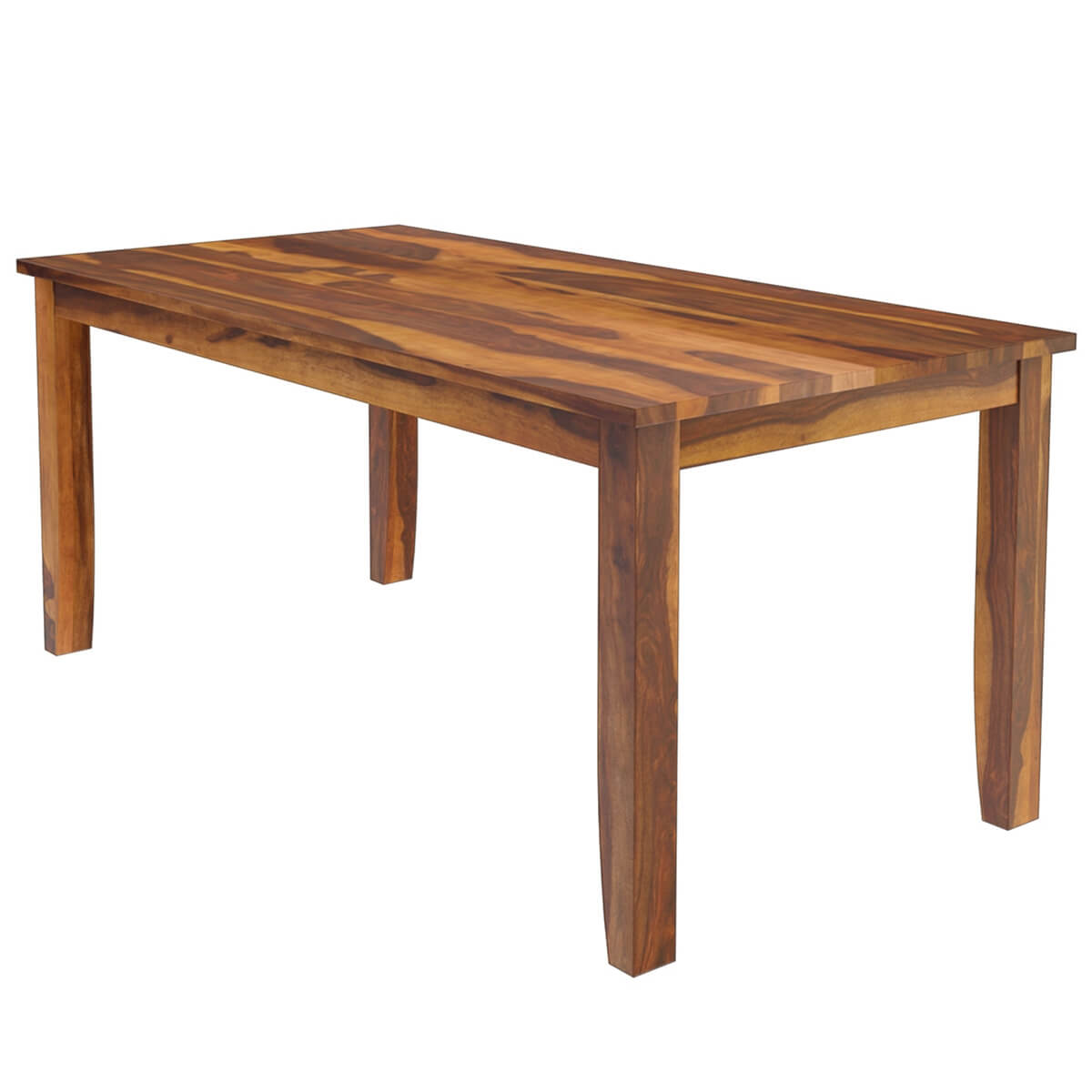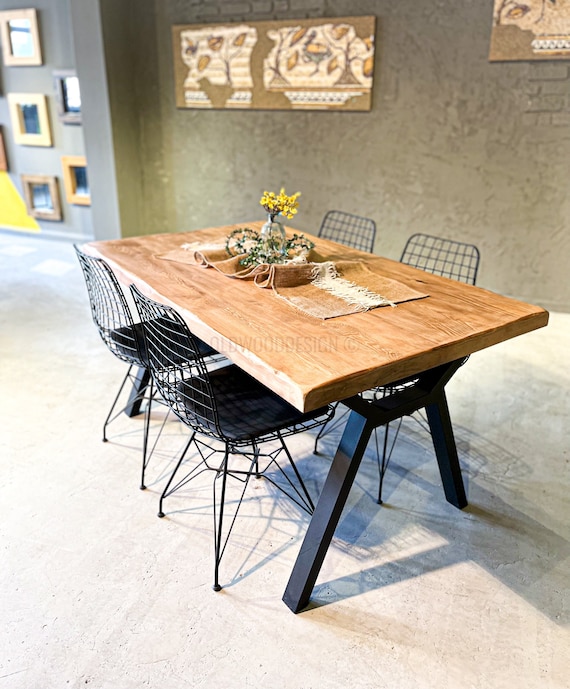Update Your Table's Look with Ornamental Dining Table Legs Wood Designs
Update Your Table's Look with Ornamental Dining Table Legs Wood Designs
Blog Article
Checking Out the Different Kinds of Table Legs Timber for Your Eating Area
The choice of dining table legs wood can profoundly affect both the aesthetic and useful qualities of your dining area. Solid wood choices, such as oak and walnut, give a traditional appearance with unparalleled longevity, while engineered timber options offer innovative styles that mimic the richness of natural grains. Additionally, the growing trend of recovered timber presents a lasting component that attract eco aware customers. As we discover these numerous choices, it ends up being vital to take into consideration not just the visual allure but likewise the functional effects of each product selection. What aspects should lead your choice?
Solid Timber Options

Additionally, strong timber is renowned for its strength and long life. Unlike crafted products, strong wood is less susceptible to bending and damage gradually when effectively maintained. This makes it an optimal selection for families or those who regularly organize celebrations. Each piece of solid wood is distinct, showcasing individual attributes that include to the beauty and character of the dining table.
In addition, strong wood can be completed in various methods, varying from all-natural oils to tarnished surfaces, enabling house owners to individualize their furnishings to match their decor. In summary, selecting strong wood for dining table legs not just makes certain structural integrity but additionally enhances the aesthetic charm of the dining area, making it a rewarding investment for any home.
Engineered Wood Alternatives

Plywood, created from multiple layers of timber veneer, is specifically strong and stable, making it an excellent choice for dining table legs. Its layered structure enables it to withstand adjustments in moisture and temperature level far better than traditional solid wood. MDF, on the various other hand, provides a smooth surface for painting or veneering, making it possible for developers to attain a sleek look while keeping architectural stability.
When selecting engineered wood alternatives, it is important to take into consideration the designated usage and preferred aesthetic. These materials not only improve the performance of eating spaces however likewise permit for better layout adaptability, guaranteeing that contemporary and conventional styles can exist side-by-side harmoniously.
Reclaimed Timber Includes
Recovered timber uses an one-of-a-kind mix of sustainability and personality, making it a significantly preferred selection for dining table legs. Sourced from old barns, factories, and various other frameworks, recovered timber embodies a background that new materials just can not replicate. Each item brings its own story, noted by unique flaws, knots, and varying grain patterns, which add to a table's distinct aesthetic appeal.
Along with its visual appeal, look what i found reclaimed timber is an eco-friendly choice. By repurposing previously utilized materials, it reduces the need for brand-new lumber, therefore helping to preserve woodlands and lessen waste. This straightens with a growing customer choice for sustainable practices in home furnishings.
In addition, reclaimed wood is typically extra resilient than freshly collected timber as a result of its age. The natural drying out process that reclaimed timber undergoes cause a denser and more powerful material, making it much less at risk to bending and splitting. This boosts the durability of eating tables, permitting them to hold up against the rigors of day-to-day use.
Softwood vs. Wood
When choosing eating table legs, understanding the distinctions between softwood and hardwood is critical for attaining both functional and visual objectives. Softwoods, derived from coniferous trees, such as want and cedar, are identified by their lighter weight and ease of control. They generally exhibit an even more rustic look, making them suitable for country-style or informal dining spaces. Softwoods are normally much less resilient than hardwoods, which can be a factor to consider for households or those seeking longevity in their furnishings.
On the other hand, woods, sourced from deciduous trees like cherry, maple, and oak, are renowned for their density, strength, and sturdiness. The complex grain patterns and abundant hues of woods provide a timeless and innovative allure, making them ideal for official eating settings. While hardwoods often tend to be much more expensive and larger, their strength versus damage often validates the investment.
Ultimately, the choice in between softwood and wood for eating table legs must line up with your design vision, use demands, and spending plan, guaranteeing that your dining room reflects your individual style while remaining practical in time.

Finishes and Treatments
The visual charm Look At This and durability of table legs can be dramatically boosted via different surfaces and therapies. These processes not only safeguard the wood from damages however additionally elevate its look, enabling it to complement varied indoor designs.
One typical treatment is tarnishing, which passes through the wood and improves its natural grain while adding shade. Spots supply a rich, elegant appearance, making it possible for house owners to match their furnishings with existing decor. Alternatively, clear coatings such as polyurethane or varnish produce a protective layer without altering the timber's original hue, guaranteeing durability against damage.
Furthermore, all-natural oils, like tung or linseed oil, nurture the wood and use a refined sheen, all while being green. These oils permit the surface to breathe, protecting against wetness buildup and possible warping.
For those looking for a rustic appeal, weathered or troubled finishes can be related to produce an aged appearance, adding personality to the piece. Inevitably, the option of finishes and therapies depends on individual preference, preferred aesthetics, and the certain wood kind, making it necessary to think about these variables when choosing table legs for your room.
Conclusion
Finally, the selection of table leg materials dramatically affects both the aesthetic and practical aspects of an eating space. Strong woods, engineered options, and recovered alternatives each deal distinct advantages, accommodating various choices and demands. Understanding the differences between softwoods and hardwoods, in addition to appropriate coatings and therapies, enables notified decision-making. Eventually, the choice of wood kind ought to align with wanted design, toughness, and ecological considerations, improving the total dining experience.
The option of dining table legs timber can greatly impact both the visual and practical top qualities of your eating space - Dining check my blog Table Legs Wood. Strong wood choices, such as oak and walnut, supply a traditional appearance with unparalleled sturdiness, while engineered timber choices use ingenious styles that imitate the richness of all-natural grains. Solid wood provides a classic top quality that can elevate the general design of an eating space. Each item of solid wood is one-of-a-kind, showcasing specific characteristics that include to the beauty and personality of the dining table
In addition, recovered timber is commonly more sturdy than recently harvested wood due to its age.
Report this page